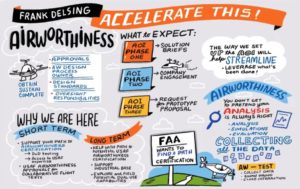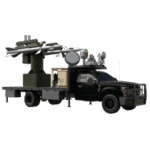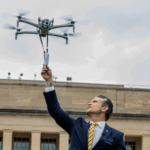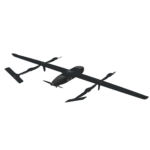
The Air Force may spend hundreds of millions on development and procurement of electric vertical takeoff and landing (eVTOL) aircraft before 2025, according to officials behind Agility Prime. That project, which officially launched earlier this month, aims to leverage commercial investment in this technology for future military purposes. Agility Prime’s three current areas of interest — 3-8 passenger aircraft, 1-2 passenger aircraft, and unmanned cargo vehicles — are focused on assisting “higher technology readiness level, mature vehicles that will be…

 By
By 











